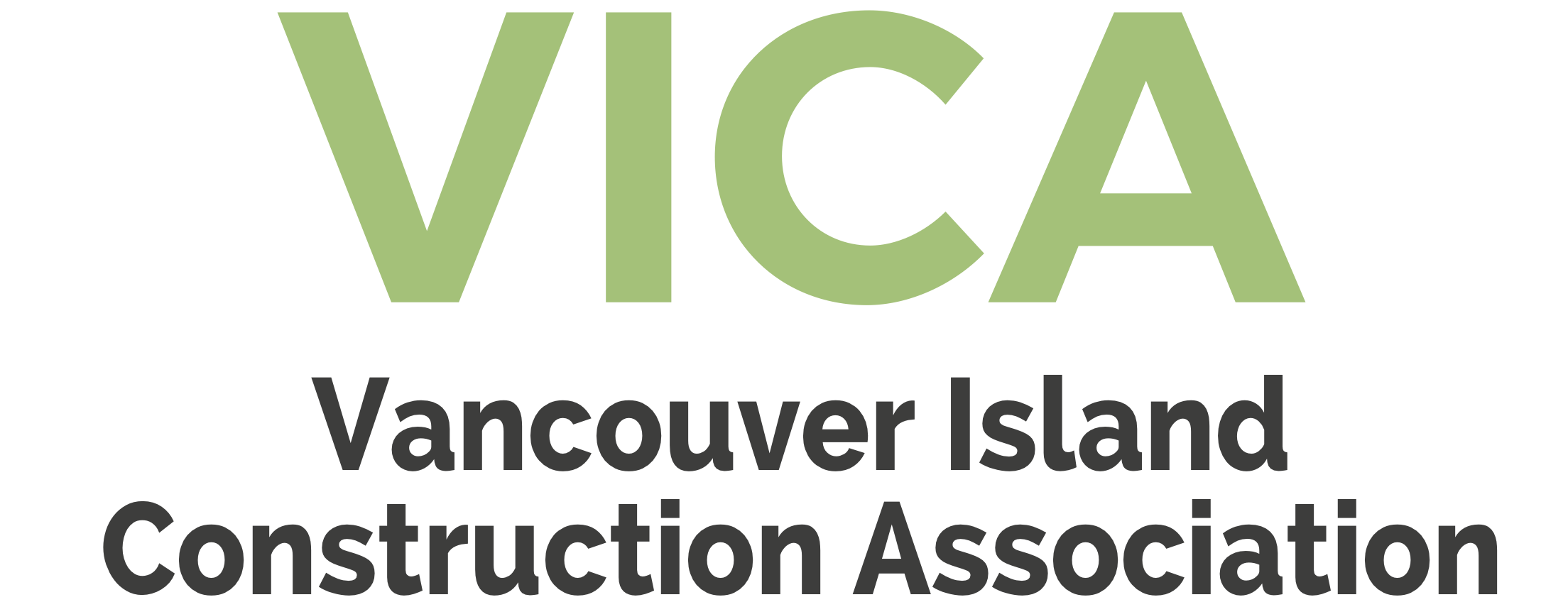Construction File:
Onerous Bidding Conditions Continue to Trouble Industry
In our January 2007 Construction File (read here) we published how we were going to be issuing Contractor Alerts to bring attention to the onerous clauses that contractors see as an impediment to bidding on projects. In the five years since we introduced this protocol we have issued several Contractor Alerts. On the projects where it has been used it has been effective in educating contractors of the risks of onerous bidding conditions.
However, it has been questionably effective in curbing the amount of onerous bidding conditions we see on projects. In 2007, we said bidding authorities and owners should be concerned about the impact of onerous bidding conditions as these conditions will limit the number of interested parties on any project. At that time we were in a more buoyant market and forecasting that contractors would be more selective in what they bid was predictable. However, what is happening in today’s market?
Here is a recent example of a project with onerous bidding conditions and the impact of these conditions in a buyer’s market:
- The project is first introduced to the contractors in an Expression of Interest.
- It is valued at between $1.5 to $2 million with renovations and to an existing public facility along with an addition and some seismic upgrading work.
- 19 contractors respond to the EOI and when the documents come out for bidding 18 contactors attend the site visit.
- The documents contain a set of incomplete drawings and performance specifications and require the bidders to respond to what is in essence a guaranteed maximum upset price with some design build requirements and a construction management fee requirement to perform the seismic upgrades. We are unaware of such a construction methodology ever being used. The consultant considered it an RFP rather than a bid, despite bond requirements and unreasonable evaluation criteria.
- As well the documents contain significant onerous bidding conditions of which only of few examples are waiving of non compliance with bid documents, personal guarantees from the contractors over & above bonds and a 5% holdback for the one year warranty period. Along with some very subjective bid evaluation requirements that would allow the owner to award the contract to just about any bidder.
- After objections about the onerous bidding conditions from some of the contractors the local construction association becomes involved and approaches the bidding authority. After several discussions with the bidding authority and the owner an impasse is reached. The association is informed that the owner’s legal counsel advises them there is nothing illegal about the documents and they are proceeding with the tender. The documents may be lawful but what do lawyers know about fair, open and transparent bidding?
- BC Construction Association issued a Contactor Alert advising the contractors of the risks associated with some of the terms of bidding. Contractors are not advised whether they should bid or not but that they should consider accepting terms that undermine accepted industry standards.
- Two of the original 19 contractors submit bids.
Only having two bids from an original group of 19 is a disservice to the owner. Standard practices and procedures provide equity for all parties by appropriately apportioning liability and ensuring the most transparent and accountable use of the public purse. This is sound policy and onerous bidding conditions in documents, bad schedules, and difficult buyers, along with bad business practices, are the main reasons contractors choose not to bid a project.
Limiting competition from contractors because they don’t bid and adding risk that contractors will protect themselves from will eventually raise the cost of construction. Onerous bidding conditions are not in the best interest of the tax payers.









